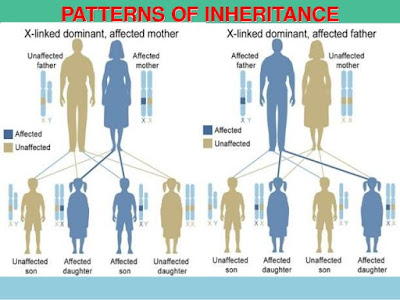By definition, a genetic disorder is one caused due to defects arising in genes. If you have inherited the defective gene or genes, then you are bound to be affected by the disorder.
 |
| Image credit: Wikipedia |
 |
| Ringo, the Golden Retriever, who has the mutation for Duchenne Msucular Dystrophy, but not the condition. |
Update 2:
It is brilliant how blogging consistently, for a few years, helps you keep track of how science is progressing. When we wrote about this story in 2012, work had just initiated on the use of CRISPR-Cas9 complex with the hope that one day, it would be able to answer our need for treatment of a genetic disorder.
In a successful study, conducted by Dr. Eric Olsen’s lab at UT South Western, researchers utilized CRISPR-Cas9 mediated genetic manipulation to restore dystrophin gene expression in dogs, affected with muscular dystrophy. Although the lab had earlier achieved the same feat in mice and human cells, this is the first time, the experiment has been completed successfully in a large mammal. The restoration of dystrophin production in muscle and heart tissues to up to 92% of normal levels, paves way for clinical trials to be conducted and genetic treatment of Duchenne muscular dystrophy, becoming a possibility in the near future.
References:
Vieira NM, Elvers I, Alexander MS, Moreira YB, Eran A, Gomes JP, Marshall JL, Karlsson EK, Verjovski-Almeida S, Lindblad-Toh K, Kunkel LM, & Zatz M (2015). Jagged 1 Rescues the Duchenne Muscular Dystrophy Phenotype. Cell, 163 (5), 1204-13 PMID: 26582133
- Gene editing restores dystrophin expression in a canine model of Duchenne muscular dystrophy Science 30 Aug 2018: eaau1549 DOI: 10.1126/science.aau1549


